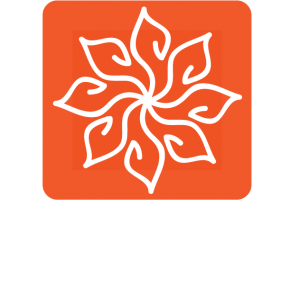The importance of calcium
The body’s most abundant mineral is calcium, with about 99% contained in the skeleton. Maintaining an adequate intake of calcium helps keep bones strong and has many other health benefits as well. After menopause, more calcium is needed. Plus, if a woman is taking medication for osteoporosis, adequate calcium is essential for this therapy to work.
Ideally, calcium requirements should be met by food sources, but most women aged 50 to 65 consume only 700 mg of calcium daily – much less than the recommended level of 1,200-1,500 mg. Calcium intake can be increased by consuming more dairy products (low-fat or no-fat preferred); each serving provides about 300 mg. Other good sources are leafy green vegetables and calcium-fortified foods and juices. If sufficient calcium is not obtained in the diet, a calcium supplement may be necessary.
Do you need a multi-vitamin?
Probably every woman could benefit from taking a good quality daily multivitamin/mineral supplement. These “multi” supplements typically provide about 50 mg of calcium (check the label – each product is different). An additional supplement may be needed to reach the recommended calcium intake. Many kinds of calcium supplements are available, varying in type of calcium, dosage form (such as tablet, chewable tablet, dissolvable tablet, and liquid), size of tablet, and price. The two most common calcium supplements contain calcium carbonate (such as Caltrate, Os-Cal, Rolaids, Tums, or Viactiv) or calcium citrate (Citracal). Both are equally well absorbed if taken with meals.
Total daily intake should be 1,200-1,500 mg of elemental calcium. Calcium from the diet provides 100% elemental calcium, but not supplements. For example, calcium carbonate contains 40% elemental calcium (the highest percentage available in a supplement), so 1,250 mg of calcium carbonate provides 500 mg of elemental calcium (1,250 x 0.40 = 500). It’s important to read the labels. Look for the “percentage daily value” or “recommended daily allowance.” Whatever this percentage is, add a “0” to find out how much elemental calcium is in the serving. For example, if the label says 50% daily value or recommended daily allowance, that means 500 mg of elemental calcium per serving (50, then add 0 = 500).
A “one-a-day” schedule doesn’t work with calcium supplements. This mineral must be taken in small divided doses throughout the day, as only about 500 mg can be absorbed at one time.
- Absorption is improved by taking the supplement with meals, but not with large amounts of grains (such as wheat bran).
- Magnesium supplements are not needed for women who eat a balanced diet.
- Women who take an iron supplement should take it separately from calcium, as calcium limits the absorption of iron.
- Certain medicines also need to be taken separately from calcium (check with healthcare provider or pharmacist).
- Recommended doses of calcium supplements don’t have serious side effects if taken with a large glass of water, but daily intakes over 2,500 mg should be avoided. For women at high risk for kidney stones, food may be the best source of calcium.
The importance of Vitamin D
Vitamin D plays a major role in helping the body absorb calcium. The recommended intake for vitamin D is 400 IU/day for women aged 51-70 and 600 IU/day for women over 70. (Canadian guidelines call for 800 IU/day for women over 50.) These requirements can usually be met with at least 15 minutes of sun exposure daily (without a sunscreen) plus taking a daily “multi” supplement (typically containing 400 IU).
For women who always use sunscreen or are never in the sun, 600-800 IU each day is recommended. Certain foods, such as fortified milk, liver, and tuna, can also provide vitamin D.
This MenoNote, developed by the Consumer Education Committee of The North American Menopause Society, provides current general information but not specific medical advice. It is not intended to substitute for the judgment of an individual’s healthcare provider.
Copyright © 2005, The North American Menopause Society. All rights reserved. NAMS grants permission to healthcare providers to reproduce this MenoNote for distribution to women in their quest for good health.





